
Iron Eagle is a 1986 action film directed by Sidney J. Furie who co-wrote the screenplay with Kevin Alyn Elders, and starring Jason Gedrick and Louis Gossett Jr. While it received negative reviews, being unfavorably compared to the similarly-themed Top Gun released the same year, the film earned $24,159,872 at the U.S. box office. Iron Eagle was followed by three sequels: Iron Eagle II, Aces: Iron Eagle III, and Iron Eagle on the Attack, with Gossett being the only actor to appear in all four films.

The Messerschmitt Bf 109 is a German World War II fighter aircraft that was, along with the Focke-Wulf Fw 190, the backbone of the Luftwaffe's fighter force. The Bf 109 first saw operational service in 1937 during the Spanish Civil War. It was still in service at the end of World War II in 1945. It was one of the most advanced fighters when it first appeared, with an all-metal monocoque construction, a closed canopy, and retractable landing gear. A liquid-cooled, inverted-V12 aero engine powered it. It was called the Me 109 by Allied aircrew and some German aces, even though this was not the official German designation.
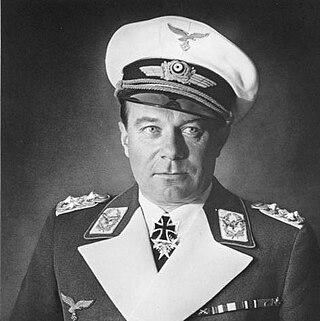
Ernst Udet was a German pilot during World War I and a Luftwaffe Colonel-General (Generaloberst) during World War II.
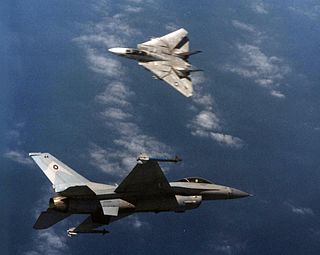
A dogfight, or dog fight, is an aerial battle between fighter aircraft conducted at close range. Modern terminology for air-to-air combat is air combat manoeuvring (ACM), which refers to tactical situations requiring the use of individual basic fighter maneuvers (BFM) to attack or evade one or more opponents. This differs from aerial warfare, which deals with the strategy involved in planning and executing various missions.

Louis Cameron Gossett Jr. was an American actor. He made his stage debut at the age of 17. Shortly thereafter, he successfully auditioned for the Broadway play Take a Giant Step. Gossett continued acting onstage in critically acclaimed plays including A Raisin in the Sun (1959), The Blacks (1961), Tambourines to Glory (1963), and The Zulu and the Zayda (1965). In 1977, Gossett appeared in the popular miniseries Roots, for which he won Outstanding Lead Actor for a Single Appearance in a Drama or Comedy Series at the Emmy Awards.

Fire Birds is a 1990 American military action film directed by David Green and produced by William Badalato, Keith Barish and Arnold Kopelson. The storyline was conceived by retired Lt. Colonels Step Tyner and John K. Swensson and retired Marine Capt. Dale Dye and developed into a screenplay written by Paul F. Edwards, Nick Thiel and uncredited David Taylor. The film stars Nicolas Cage, Tommy Lee Jones and Sean Young. Cage is cast as a helicopter pilot attempting to help dismantle a drug cartel in South America. Jones plays his pilot instructor and senior ranked military officer during his flight training, while Young portrays his love interest.
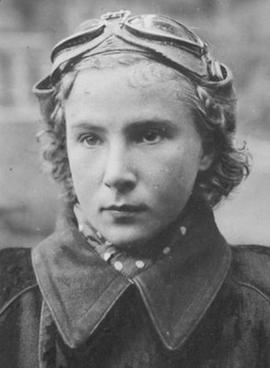
Lydia Vladimirovna Litvyak, also known as Lilya, was a fighter pilot in the Soviet Air Force during World War II. Historians estimate for her total victories range from thirteen to fourteen solo victories and four to five shared kills in her 66 combat sorties. In about two years of operations, she was the first female fighter pilot to shoot down an enemy aircraft, the first of two female fighter pilots who have earned the title of fighter ace and the holder of the record for the greatest number of kills by a female fighter pilot. She was shot down near Orel during the Battle of Kursk as she attacked a formation of German aircraft.

Iron Eagle II is a 1988 action film directed by Sidney J. Furie and written by Furie and Kevin Alyn Elders. It is the first sequel to the 1986 film Iron Eagle, with Louis Gossett Jr. reprising his role as Charles "Chappy" Sinclair, alongside newcomers Mark Humphrey, Stuart Margolin, Maury Chaykin, Alan Scarfe, Colm Feore, and Clark Johnson. An uncredited Jason Gedrick also returns as ace pilot Doug Masters in the film's opening scene.
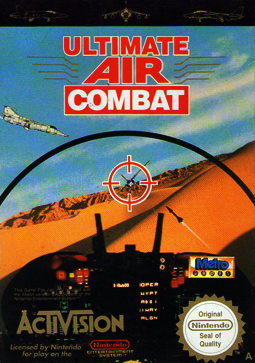
Ultimate Air Combat is a semi-realistic combat flight simulator developed and published by Activision for the Nintendo Entertainment System/Family Computer. Having relatively good graphics for the console, Ultimate Air Combat differs from other similar games by having both a cockpit view and an isometric view throughout the missions.
The game seems to be set in the near future due to some of the highly advanced weapons systems but modern-day planes. In Japan, the game is known as Aces: Iron Eagle III and is barely based on the film of the same name.

Oliver Colin LeBoutillier was an American aviator and flying ace. Serving with the British Royal Naval Air Service and Royal Air Force in the First World War, LeBoutillier scored 10 aerial victories, witnessed the death of Manfred von Richthofen and was a vigorous proponent of Captain Roy Brown as the victor over Richthofen. Post war, he became a stunt pilot for movies, a skywriter, and an aviation instructor whose most famous student was Amelia Earhart. Later, he became a civil aviation inspector.
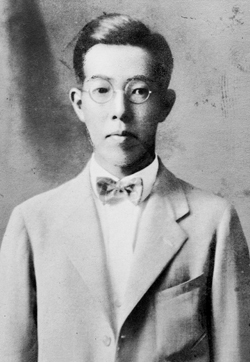
Jiro Horikoshi was the chief engineer of many Japanese fighter designs of World War II, including the Mitsubishi A6M Zero fighter.

Iron Eagle on the Attack is a 1995 direct-to-video action film directed by Sidney J. Furie. The fourth and final installment in the Iron Eagle series, it stars Louis Gossett Jr. reprising his role once again as retired Gen. Charles "Chappy" Sinclair, who guides civilian teenagers to perform unofficial military and aerial heroics.
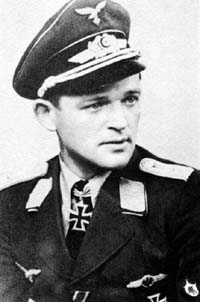
Emil Bitsch was a Luftwaffe flying ace of World War II. He was one of the most successful pilots on the Eastern Front; being credited with 108 aerial victories. He claimed 104 over the Eastern Front and four four-engine bombers over the Western Front. He may have been the pilot that shot down Soviet female ace Yekaterina Budanova. Bitsch was killed in action against United States Army Air Forces (USAAF) fighters on 15 March 1944.
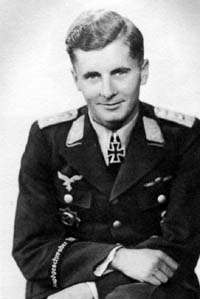
Wolf-Udo Ettel was a German World War II Luftwaffe flying ace and a posthumous recipient of the Knight's Cross of the Iron Cross with Oak Leaves, the highest award in the military and paramilitary forces of Nazi Germany during World War II. Ettel is listed with 124 aerial victories—that is, 124 aerial combat encounters resulting in the destruction of the enemy aircraft—claimed in over 250 missions. He was killed in action by anti-aircraft artillery on 17 July 1943 over Fascist Italy.

Various real-world aircraft have long made significant appearances in fictional works, including books, films, toys, TV programs, video games, and other media.

Aerial ramming or air ramming is the ramming of one aircraft with another. It is a last-ditch tactic in air combat, sometimes used when all else has failed. Long before the invention of aircraft, ramming tactics in naval warfare and ground warfare were common. The first aerial ramming was performed by Pyotr Nesterov in 1914 during the First World War. In the early stages of World War II the tactic was employed by Soviet pilots, who called it taran, the Russian word for "battering ram".
Oberst Paul Aue was a World War I flying ace from the Kingdom of Saxony in the German Empire. Partial records of his early aviation career credit him with 10 aerial victories. He would join the nascent Luftwaffe during the 1930s and serve Germany through World War II. He died in a Russian prison camp in 1945.
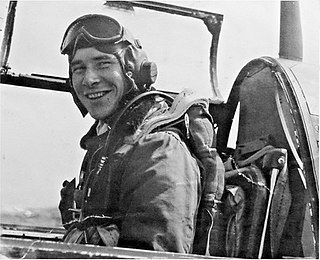
Leonard Kyle Carson Sr. was an American fighter ace and a colonel in the Air Force. During World War II, he was the highest scoring ace of 357th Fighter Group and one of the top Air Force aces of the Eighth Air Force, with 18.5 aerial victories.

Robert William Foy was a United States Army Air Forces fighter pilot and triple-ace who was credited with 15 aerial victories during World War II.
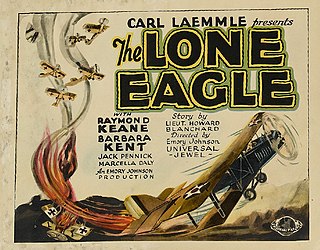
The Lone Eagle is a 1927 American silent melodrama directed by Emory Johnson, based on the story by Emilie Johnson, and starring Raymond Keane, Barbara Kent and Nigel Barrie. It was released by Universal Pictures on September 18, 1927.



















